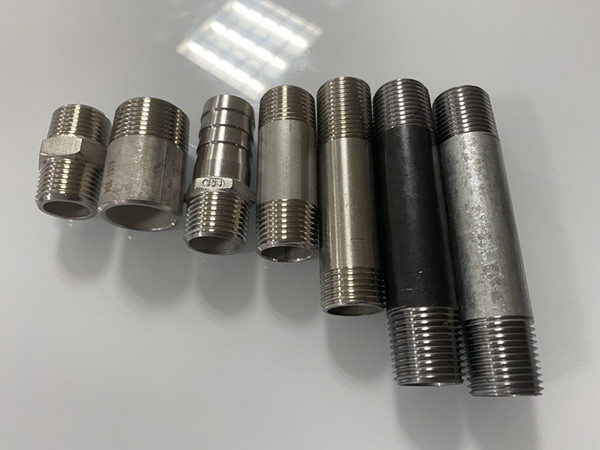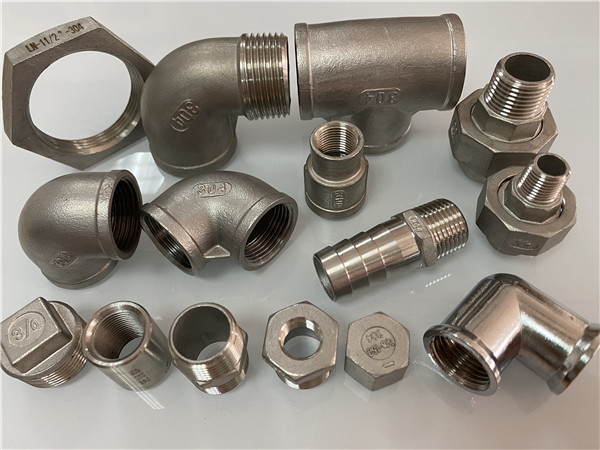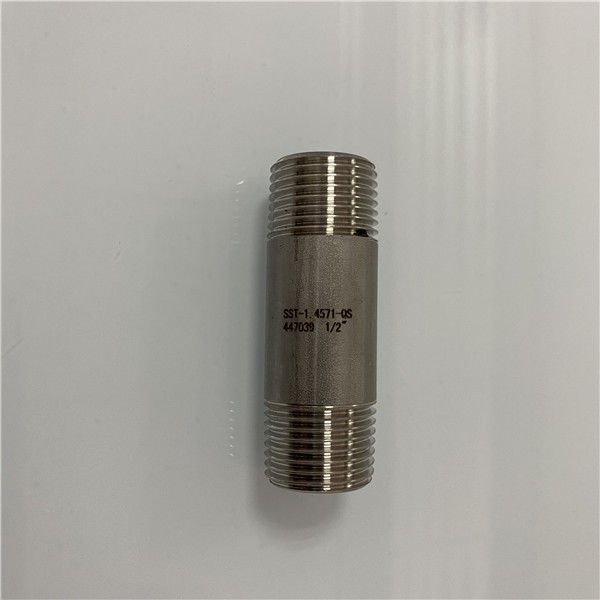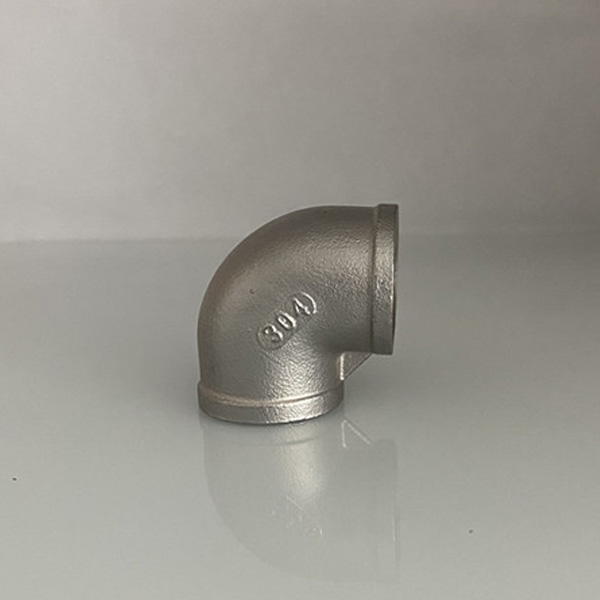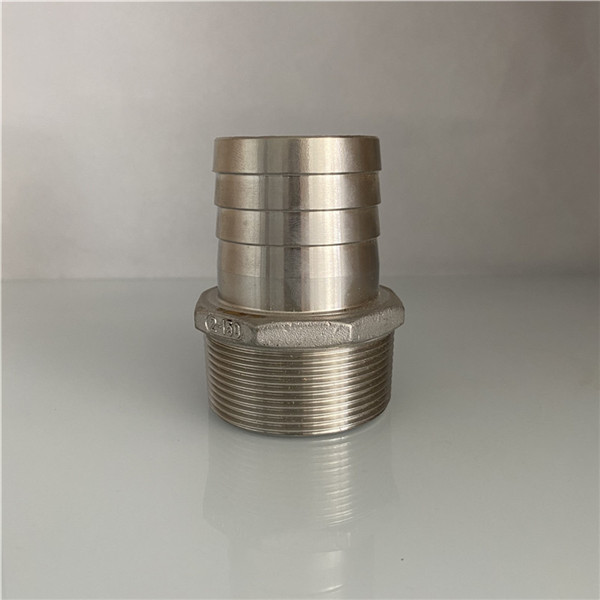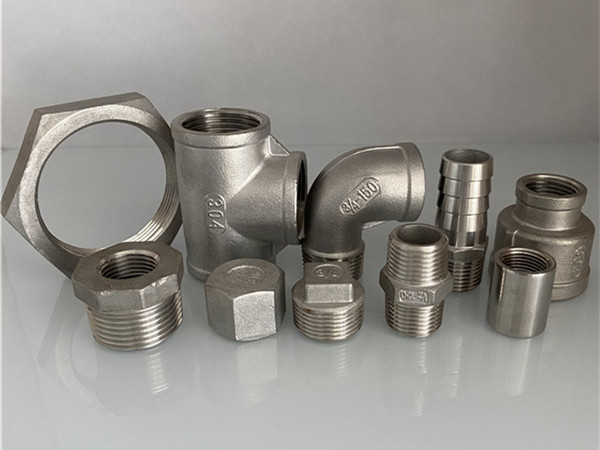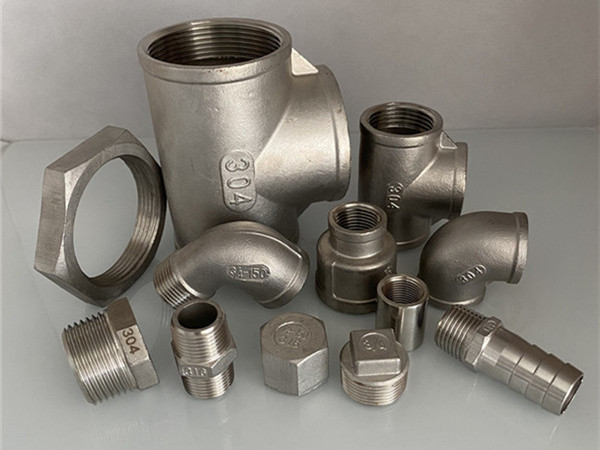During the installation of plumbing pipes and fittings, a hydraulic pressure test can be carried out in layers or singly. As a leading pipe fitting manufacturer from China specializing in high-quality pipe and pipe fittings for global export, we understand the critical importance of the precise and reliable installation of plumbing systems. This guide outlines the essential steps and precautions for the proper installation of pipes and fitting of pipe components, ensuring optimal performance and longevity.
1. Precautions For Installing Plumbing Pipes And Fittings
The working pressure and test pressure of all pipelines are respectively: the working pressure in the low zone is 0.4MPa, the test pressure is 0.6MPa, working pressure in the high zone and middle zone The pressure is calculated at 0.6MPa, and the test pressure is 0.9MPa. After the pipeline system is installed, check it comprehensively, check the installed pipes, valves, gaskets, fasteners, etc., all in line with the design and technical specifications. The fittings for pressure tests together with the pipeline are removed, replaced with temporary short pipes, all the teeth are blocked, and water is injected from the lowest place and deflated from the high place. Blow and wash the pipes that pass the pressure test until the dirt is washed away, and do a good job of all purge cleaning records and test pressure records.
The test pressure of the plumbing pipe is 1.5 times the system working pressure, but it should not be greater than the allowable pressure of the pipe. The test should be filled with water slowly, and the seal should be checked after filling. The pressurization should be slowly raised to the test pressure by a hand pump. Stabilized for 1h, the pressure drop is less than 0.05MPa, and then reduced to 1.15 times the working pressure. Stabilized for 2 hours, conduct a visual inspection, and the pressure drop of no leakage does not exceed 0.03MPa, it is qualified.
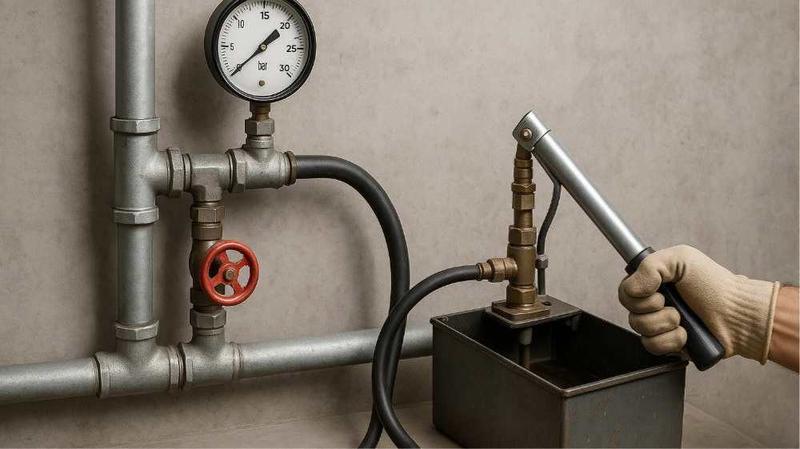
2. Choosing the Right Pipe Materials and Fittings
Selecting types of pipes and fittings is foundational to any durable piping and plumbing system. Different applications demand specific pipe types, each with unique characteristics and connection methods.
- Galvanized Carbon Steel Pipes: These pipes are made of carbon steel and coated with hot-dip galvanized zinc, enhancing their corrosion resistance. This makes them suitable for water supply lines, fire sprinkler systems, and industrial applications. They are known for their strength and durability. Pipe components connect via threaded fittings, with flanged or grooved connections common for larger diameters. Ensure proper sealing during pipe installation to avoid leaks.
-
Black Carbon Steel Pipes: Uncoated carbon steel pipes, often referred to as "black iron pipe," are primarily used for gas lines, fire sprinkler systems, and industrial applications where corrosion is less of a concern or where the medium itself provides some corrosion protection. They offer high strength and are cost-effective. Connections are typically made using threaded plumbing and pipe fitting components or by welding, ensuring robust and secure joints for pipe installation.
-
PVC (Polyvinyl Chloride) Pipes: Commonly used for drainage, waste, and vent (DWV) systems due to their chemical resistance and cost-effectiveness, connected using solvent cement.
- Stainless Steel Pipes: Offer superior corrosion resistance and strength, suitable for demanding industrial applications as well as high-end residential projects. Often connected by press-fit, threaded, or welded methods, contributing to a robust pipe fitting and plumbing solution.
When selecting pipe and pipe fittings, consider factors such as water quality, temperature, pressure, chemical exposure, and local building codes. Our range of pipe fittings and plumbing products is designed to meet diverse international standards and application requirements, supporting the reliable installation of plumbing and the robust installation of pipes.
3. Pipe Fitting Standard
As a pipe fitting manufacturer, our pipe fittings and plumbing products are designed and produced to meet stringent international quality standards (e.g., ISO, ASTM, EN). We are committed to providing reliable solutions for your plumbing installation needs, supporting your projects with high-quality pipe and pipe fittings for export and wholesale. Trust our expertise for your next piping and plumbing fitting endeavor.
